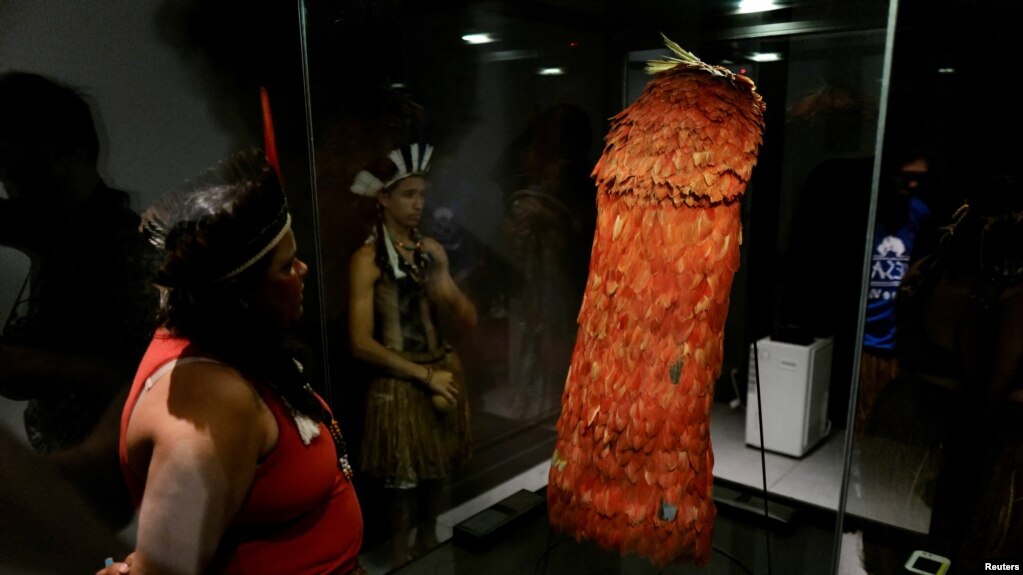
Posted on 09/16/2024 5:41:17 PM PDT by nickcarraway
A sacred cloak that had been in the holdings of the National Museum of Denmark for more than 300 years was returned to Indigenous leaders in Brazil, reported the BBC.
The nearly six-foot-long cloak was constructed using 4,000 scarlet ibis feathers. It was taken from the Tupinambá people during Portuguese colonial rule. Since 1698, it has been on display in Copenhagen.
The cloak was unveiled at an official ceremony in Rio de Janeiro that was attended by President Luiz Inácio Lula da Silva and indigenous leaders, as well as 200 Tupinambá people.
“I felt sadness and joy. A mixture between being born and dying,” Yakuy Tupinambá, who traveled more than 745 miles by bus, told AFP.
“Our ancestors say that when they [the Europeans] took it away, our village was left without a north,” indigenous chief Sussu Arana Morubyxada Tupinambá added.
There are other sacred Tupinambá capes of this kind still on display across Europe believed to date back to the 16th century.
Though the Brazilian president has pledged to recognize indigenous land reserves, the Tupinambás’ territory has yet to be formally demarcated by the government. According to the Tupinambás, the territory has been overrun by agriculture and mining businesses.
And it’s still in style.
Ever notice how everything of the Native Americans is “sacred?”
That’s our sacred land.
That’s our sacred animal herd.
That’s our sacred ceremony.
That’s our sacred cloak.
That’s our sacred burial grounds.
That’s our sacred hunting grounds.
That’s our sacred casino...ok, I made that one up.
What about sacred fire water?

It’s probably a good thing it was in Copenhagen since 1698 - or it wouldn’t be in existence today.
Thanks nickcarraway.
Exactly correct.
Disclaimer: Opinions posted on Free Republic are those of the individual posters and do not necessarily represent the opinion of Free Republic or its management. All materials posted herein are protected by copyright law and the exemption for fair use of copyrighted works.